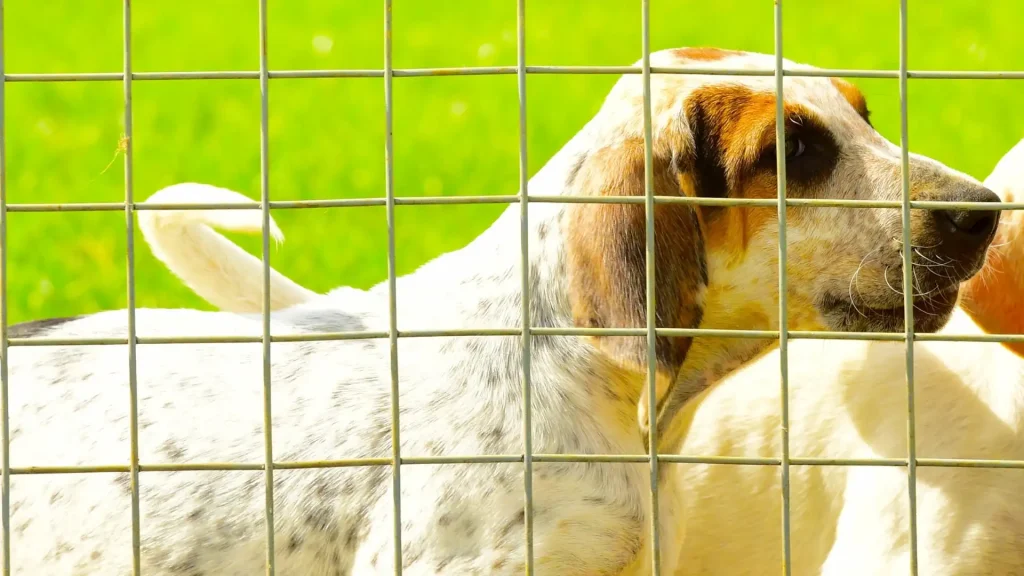When deciding whether to bring an English Foxhound into your home, the choice often comes down to adopting from a rescue or purchasing from a breeder. Adopting allows you to offer a loving home to a dog in need, often with some insight into their temperament. Buying from a breeder typically offers more information on the dog's lineage and health background, which can be important for managing breed-specific traits.
| Criteria | Buying from Breeder | Adopting from Shelter/Rescue |
|---|---|---|
| Cost | Generally higher cost due to purebred status and breeder expenses. | Typically lower adoption fees, making it more affordable. |
| Health History | Comprehensive health records and potential genetic screening provided. | Health history may be partial or unknown but usually includes basic vet checks. |
| Age Availability | Primarily puppies, allowing training and socialization from an early age. | Varied ages available, including adults with established temperaments. |
| Temperament Insight | Breeders can share information about lineage temperament traits. | Rescue groups assess and provide insight on individual dog personalities. |
| Supporting Practices | Supports controlled breeding programs; ensure ethical standards. | Supports animal welfare by rescuing and rehoming dogs in need. |
| Breed Purity & Pedigree | Guaranteed purebred with pedigree documentation. | Breed purity may be uncertain; focus is on the dog's well-being. |



















































